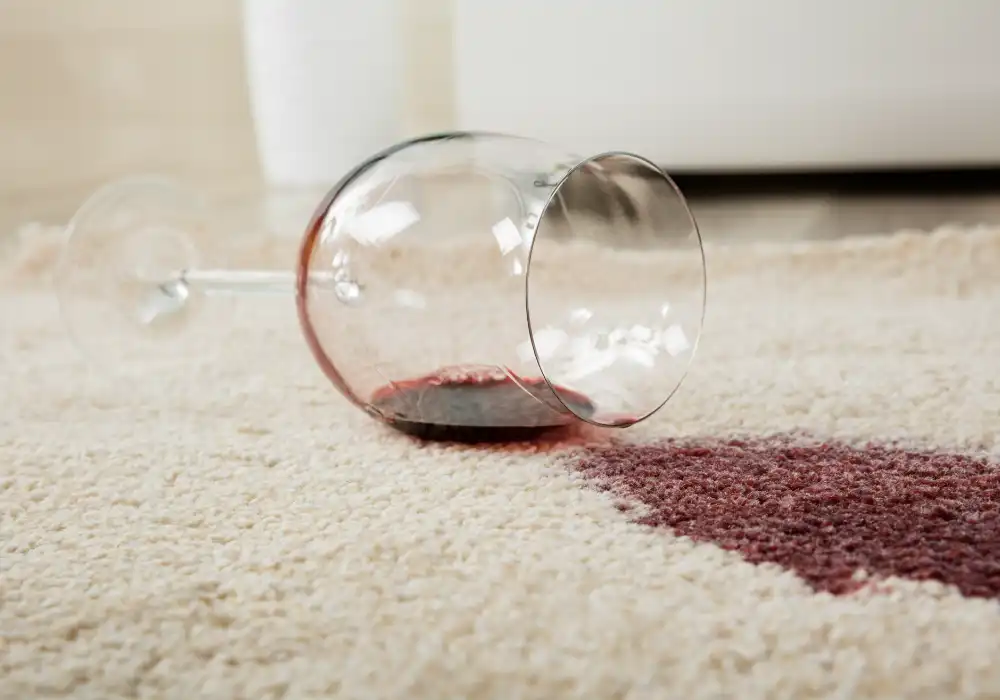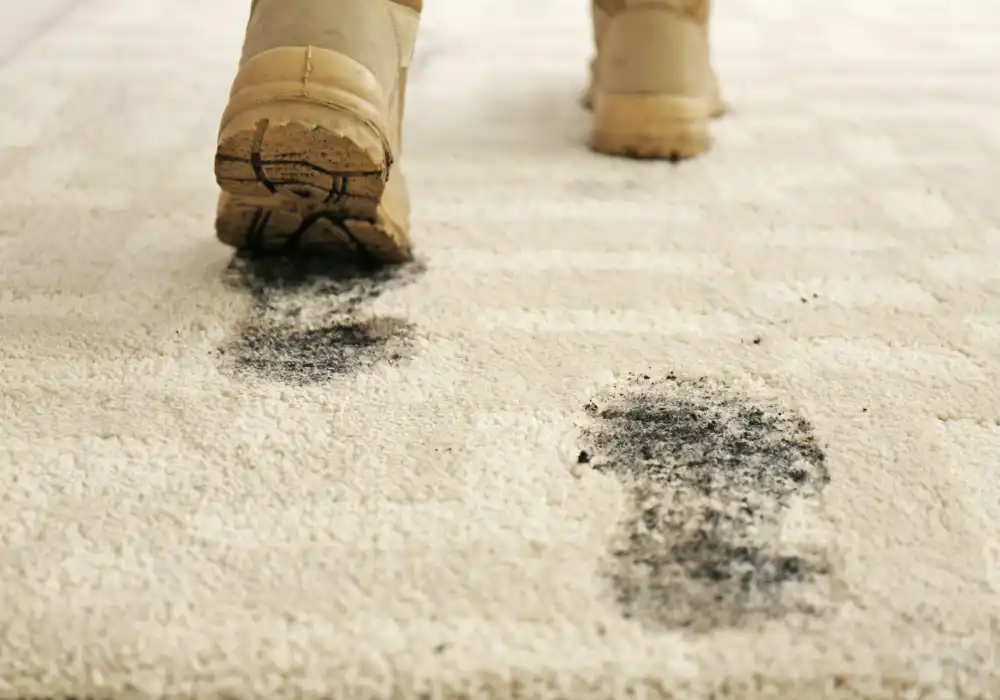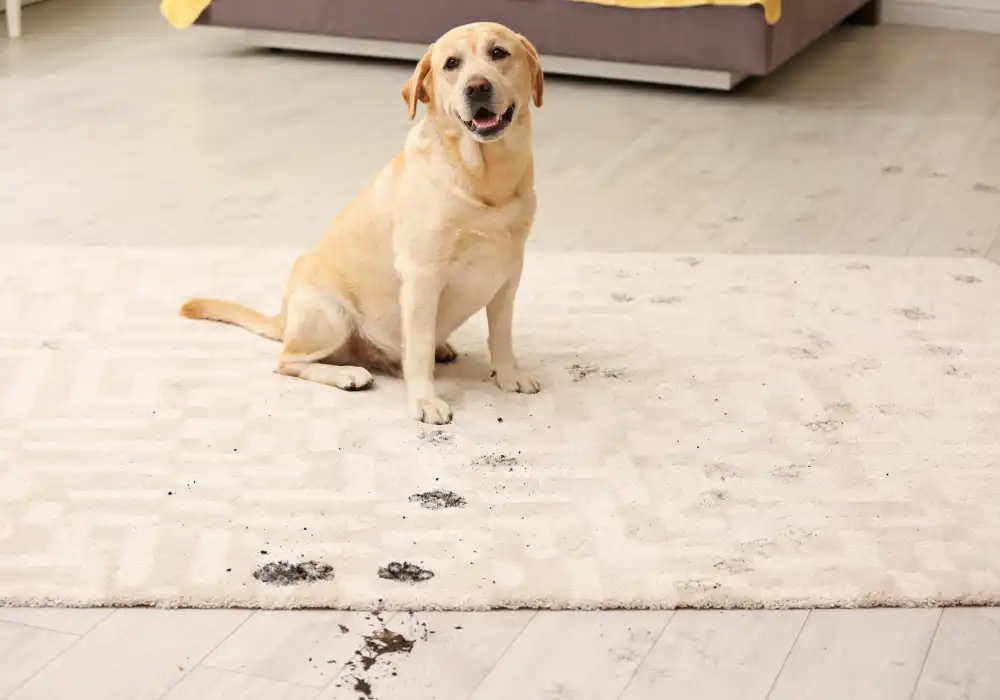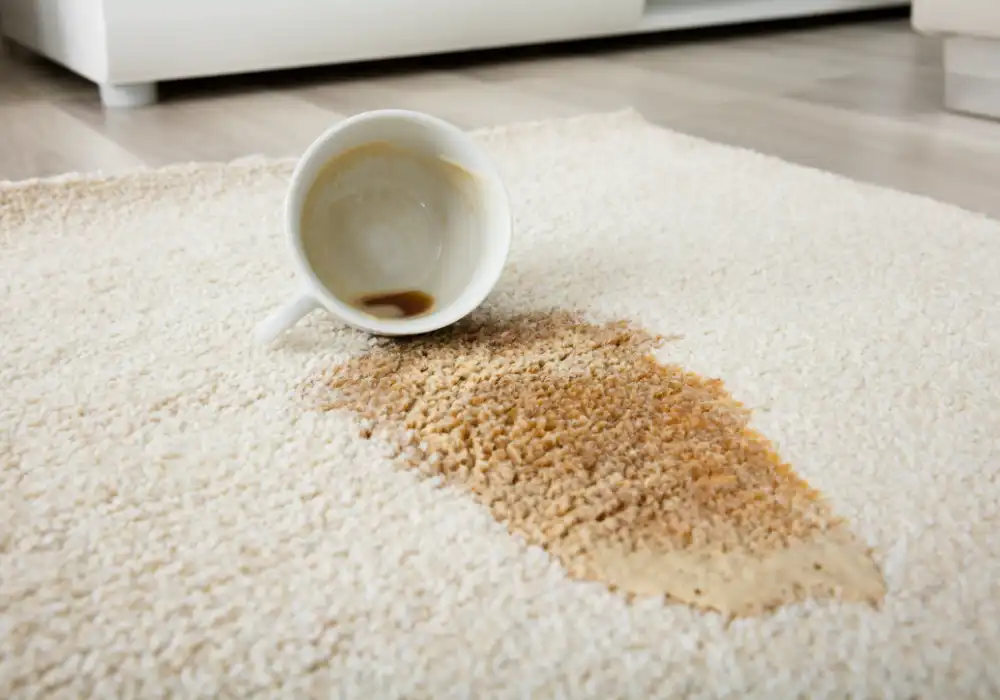
What Are the Best Carpet Cleaning Methods for Allergy Sufferers?
7 February 2024
The Power and Advantages of Truck-Mounted Carpet Cleaning
1 March 2024
What Are the Best Carpet Cleaning Methods for Allergy Sufferers?
7 February 2024
The Power and Advantages of Truck-Mounted Carpet Cleaning
1 March 2024How Long Does It Take for Carpets to Dry After Cleaning?
One of the most common questions homeowners pose regarding carpet cleaning is, "How long does it take for carpets to dry after cleaning?"
It's a valid concern, as the drying time can significantly affect your daily routine.
Whether dealing with a routine cleaning or tackling stubborn stains, understanding the factors influencing drying time can help you plan accordingly.
This blog post delves into the nuances of carpet drying times, offering insights to set realistic expectations after your carpet cleaning session.
The easiest way to get a fast quote is to click the call button below and speak to one of our team.

Understanding the Various Carpet Cleaning Methods Used and Their Impact on Drying Times
The drying time of your carpet largely depends on the cleaning method applied.
Two popular methods are hot water extraction (often referred to as steam cleaning) and dry cleaning.
Steam cleaning involves injecting hot water and cleaning agents into the carpet fibres and extracting the water, which can leave the carpet damp.
On the other hand, dry cleaning uses minimal moisture, relying on chemical agents to clean the carpet, significantly reducing drying time.




The choice between steam cleaning and dry cleaning is not just about the drying time but also about the specific cleaning needs of your carpet.
Steam cleaning is highly effective for deep cleaning and removing ingrained dirt, bacteria, and allergens, making it a preferred method for households with pets, children, or allergy sufferers.
With its low moisture usage, dry cleaning is ideal for maintenance cleaning or carpets sensitive to water. This method allows for a quick turnaround time, making it suitable for commercial spaces or busy homes that cannot afford long drying periods.

The Impact of Weather and Humidity
Weather and humidity levels play a crucial role in the drying process.
High humidity and cooler temperatures can prolong the drying time, as the air holds more moisture, making it harder for the carpet to dry.
Conversely, warm, dry weather can expedite drying, as the air can absorb moisture more effectively.
Ventilation, whether natural or aided by fans, can help improve drying times by circulating air around the freshly cleaned carpet.
Carpet Material and Thickness
The type of carpet you have also influences drying time.
Carpets of natural fibres like wool absorb more water and take longer to dry than synthetic fibres such as nylon or polyester.
Additionally, the thickness of your carpet's pile can impact drying time; a thicker pile means more material that can hold moisture, extending the drying process.
The Role of Professional Equipment
Professional carpet cleaners often use high-powered extraction machines that remove significant moisture from the carpet, reducing drying time.
Furthermore, many professionals also use air movers and dehumidifiers post-cleaning to accelerate drying.
The efficiency of these machines can drastically shorten the time it takes for your carpet to dry completely.
Tips for Speeding Up the Drying Process
There are several steps you can take to help your carpets dry faster.
Increasing air circulation with fans, opening windows, and using a dehumidifier can contribute to quicker drying times.
Avoid walking on the carpet while drying to prevent new stains and aid in even drying.
Placing small towels or white cloths over wet areas can absorb excess moisture.

Setting Realistic Expectations
On average, carpets cleaned through hot water extraction can take 6 to 24 hours to dry completely, while carpets cleaned using dry cleaning methods may dry within 1 to 2 hours.
However, these times can vary based on the factors discussed. Setting realistic expectations and planning accordingly can help mitigate any inconvenience.
Planning for Post-Cleaning Drying Time
Homeowners must understand the factors that affect carpet drying time after cleaning.
By choosing the correct cleaning method for your needs and taking steps to facilitate drying, you can ensure your carpets are clean, dry, and ready for use in a reasonable time frame.
Remember, patience is essential, and allowing your carpets to dry thoroughly will contribute to the longevity and maintenance of your flooring investment.


